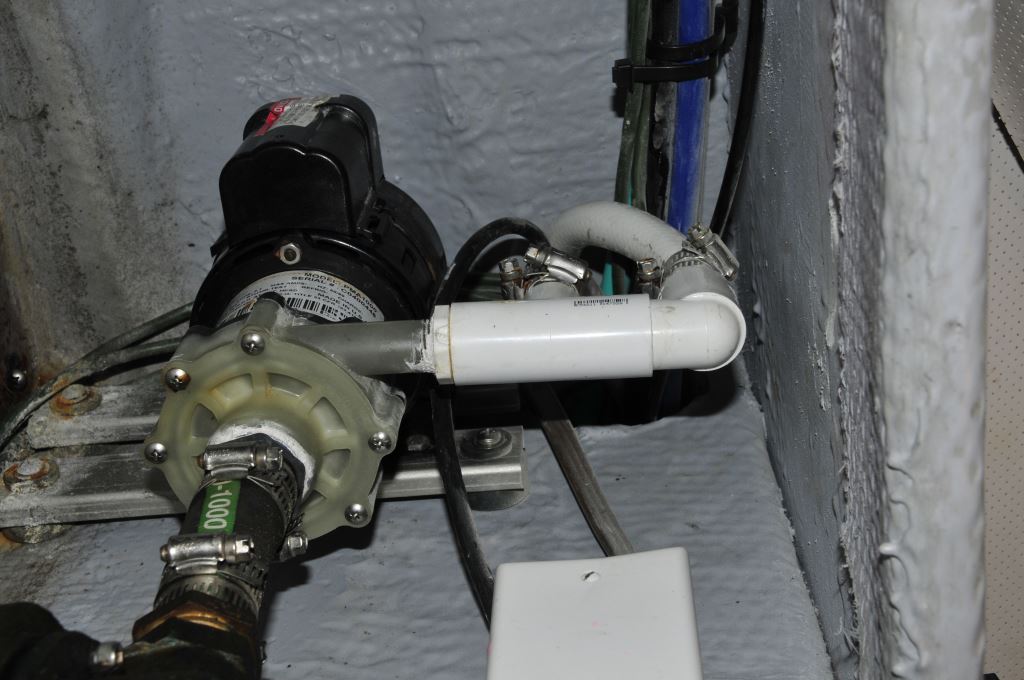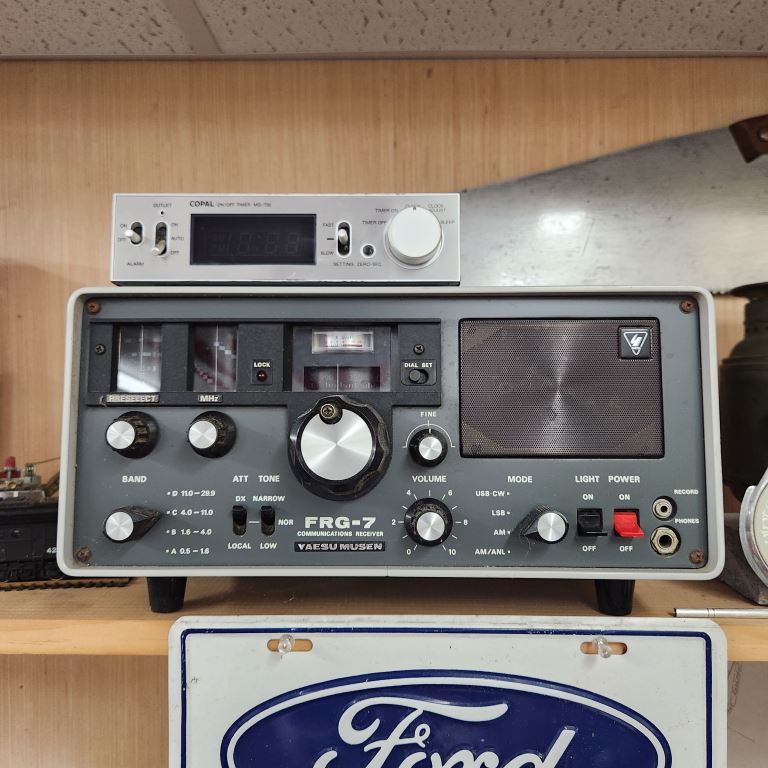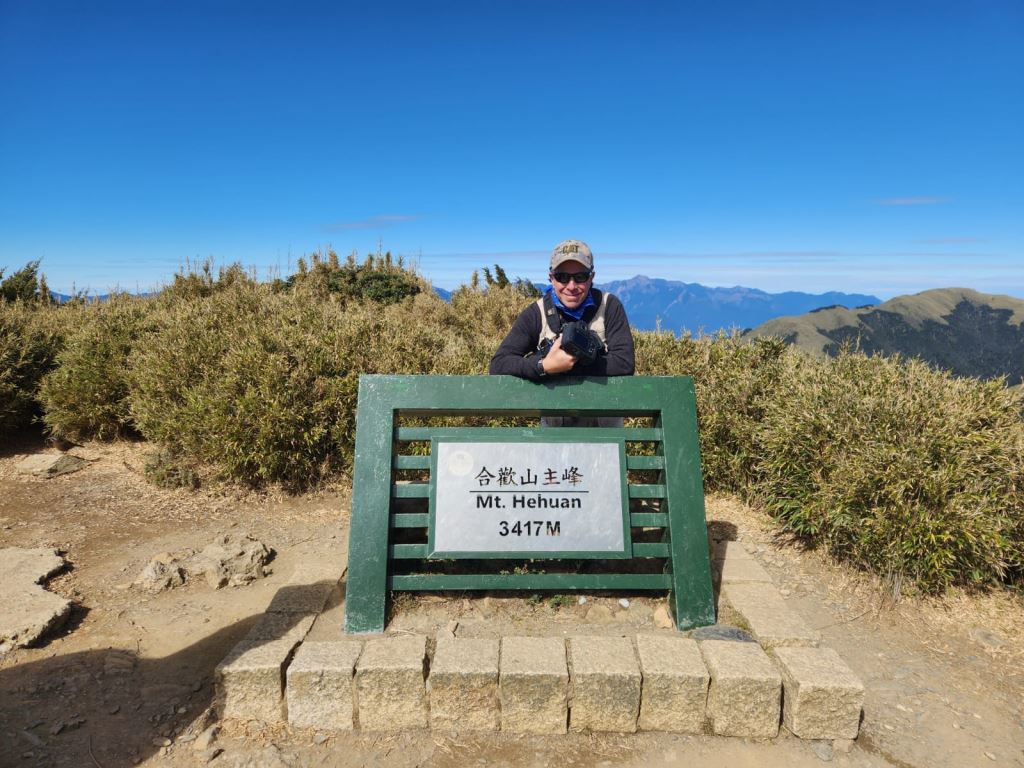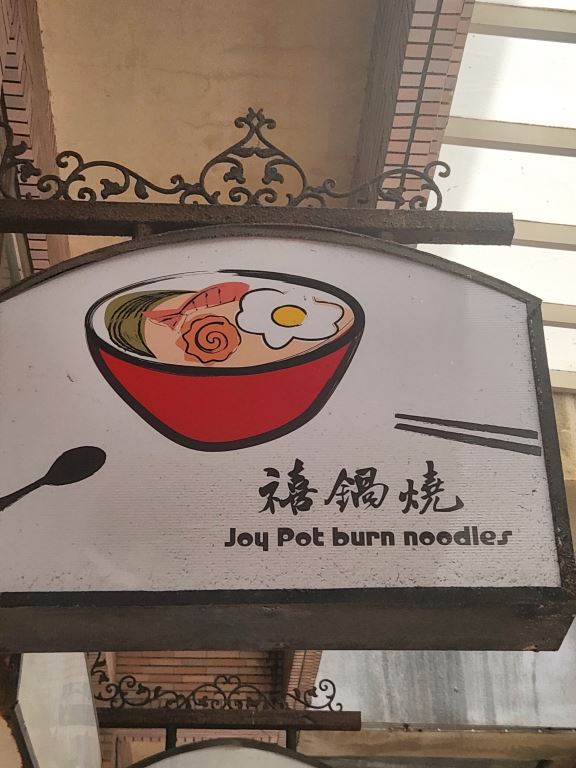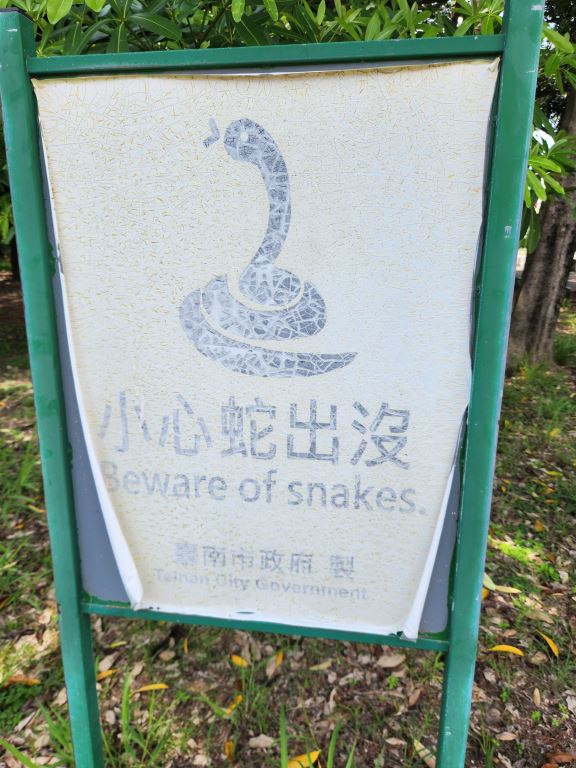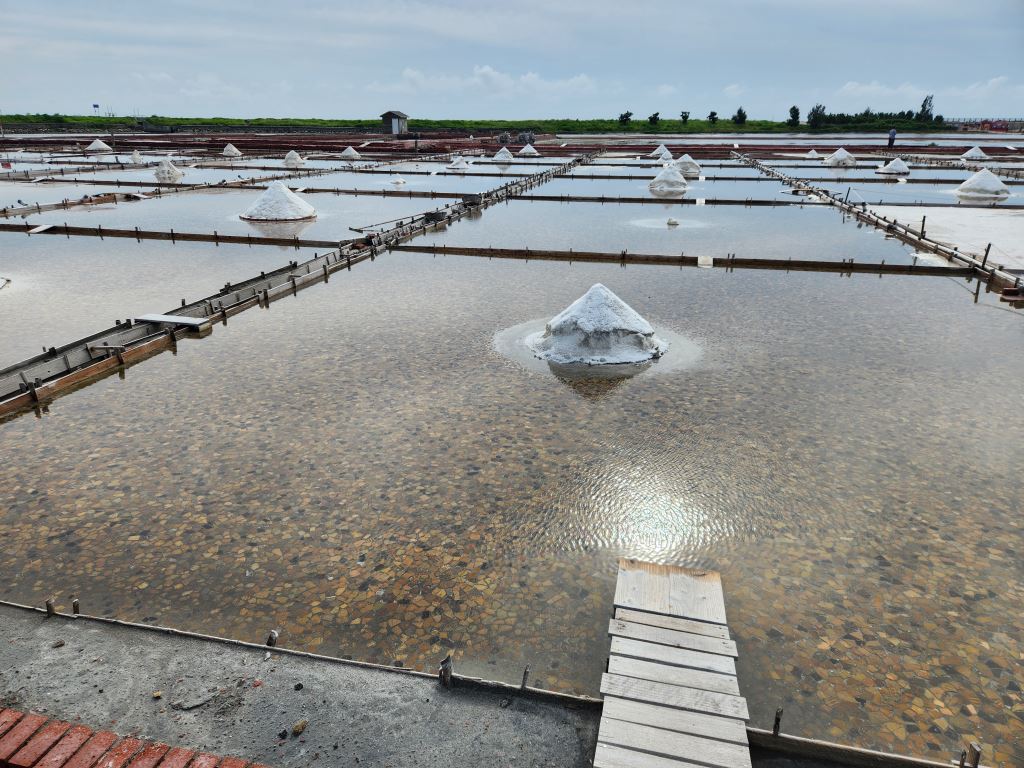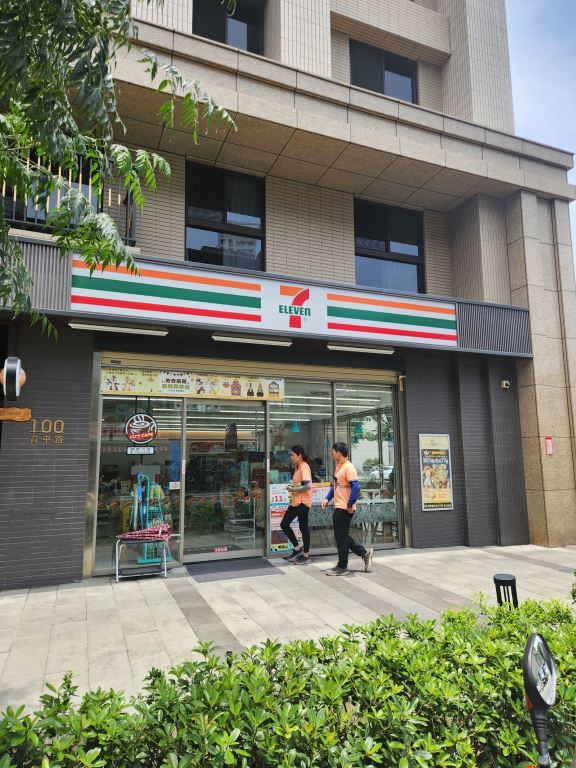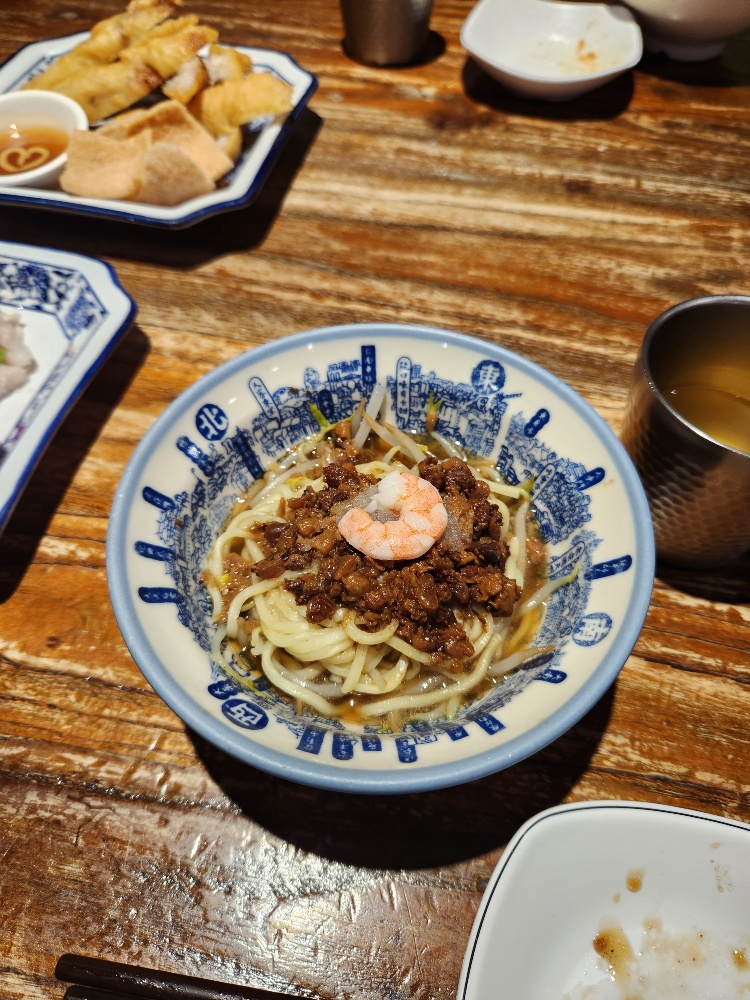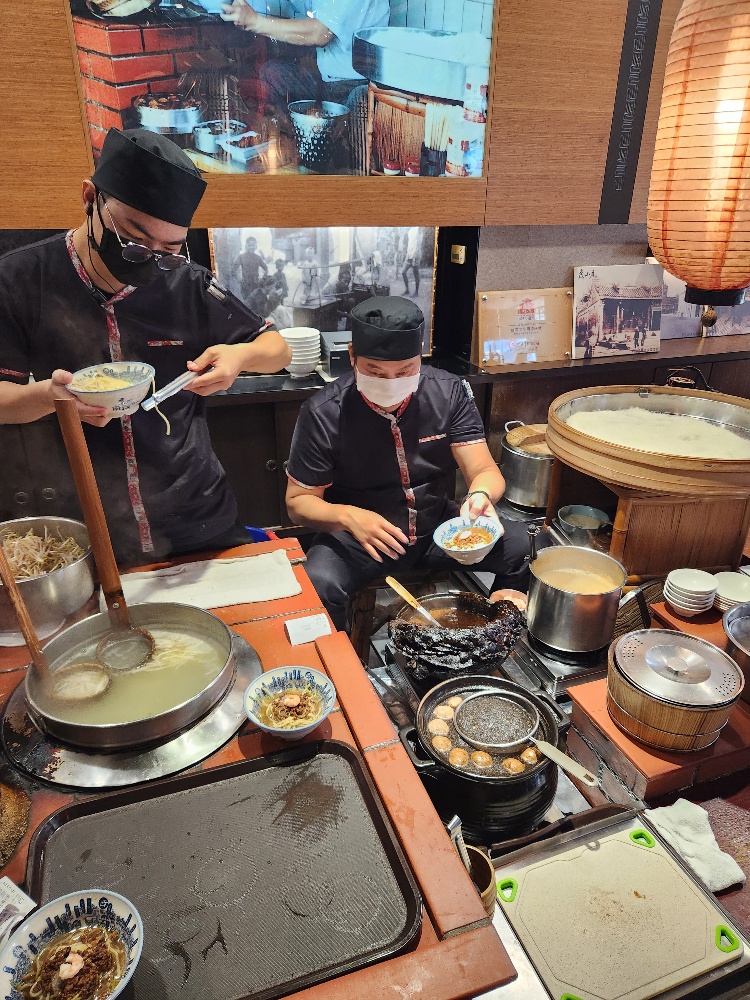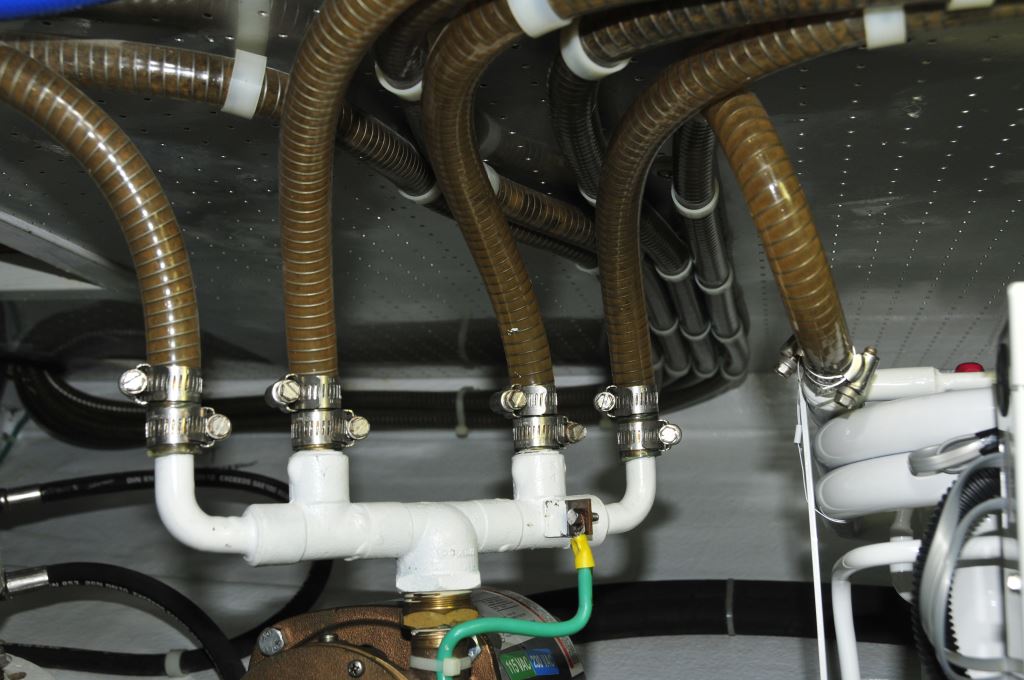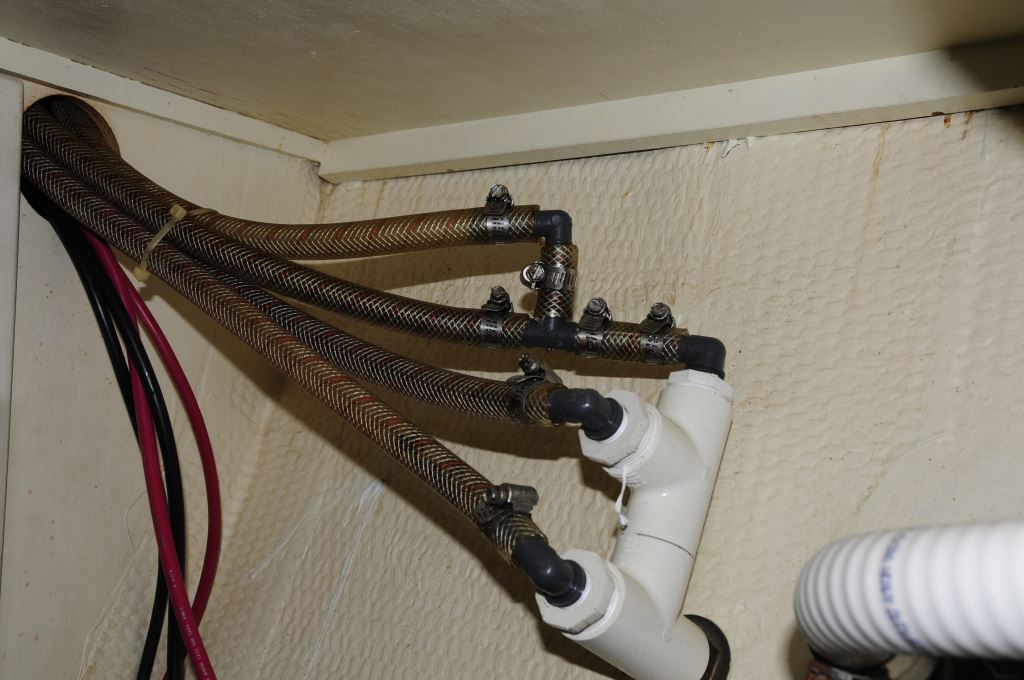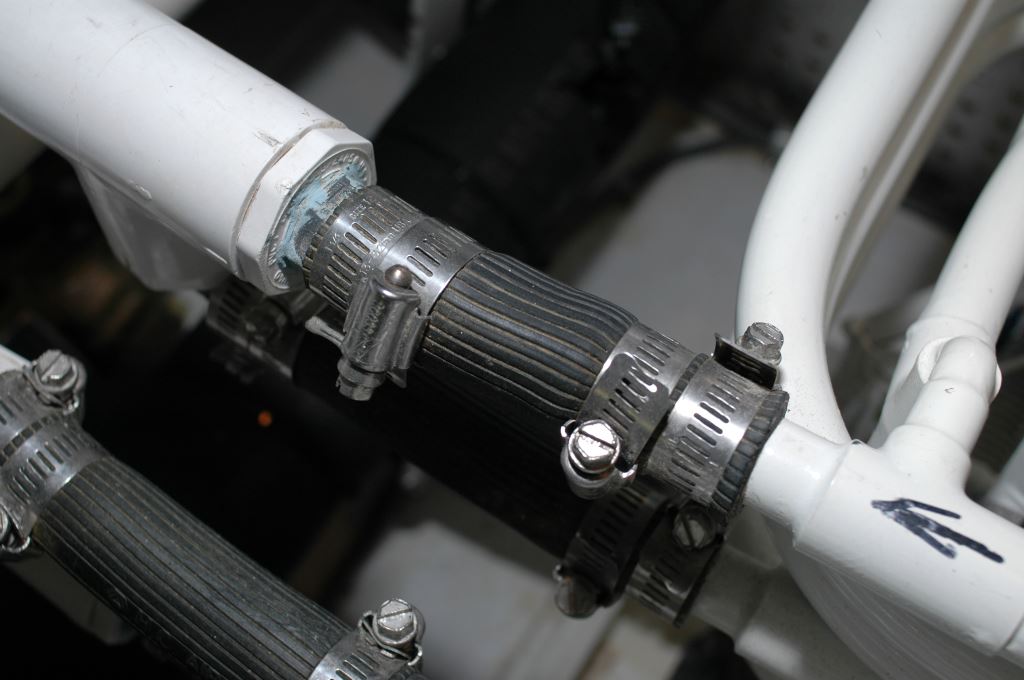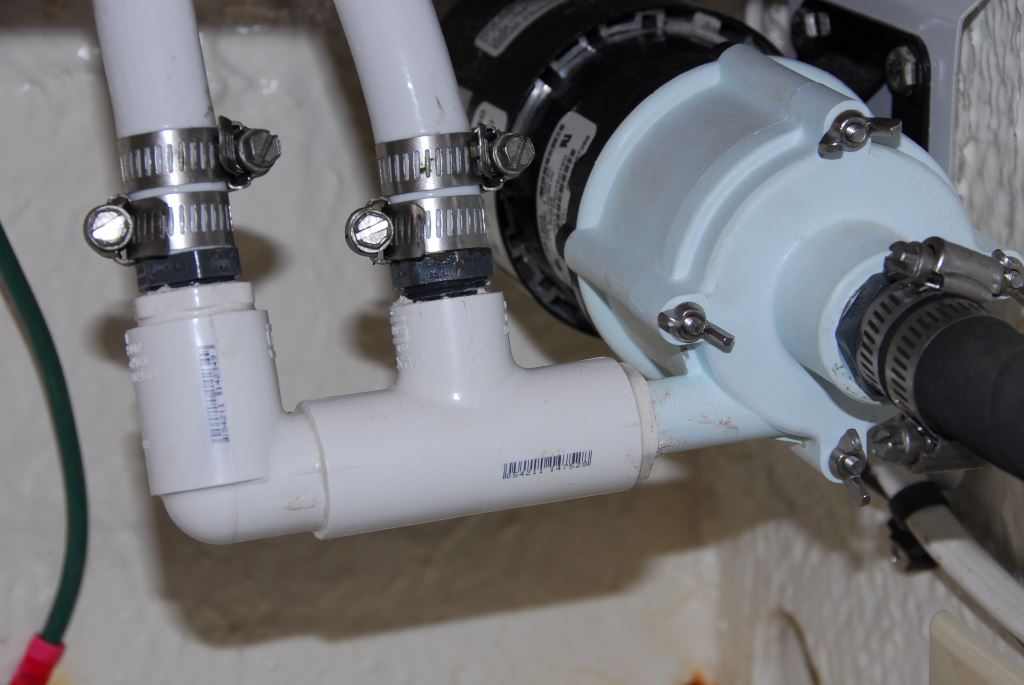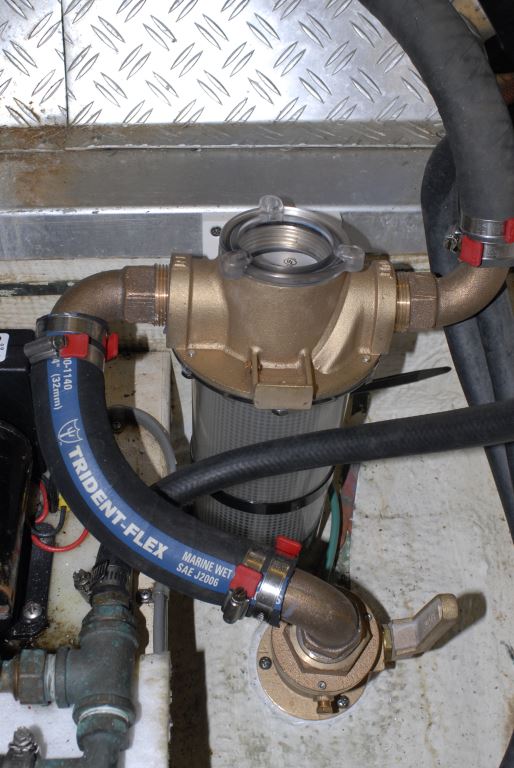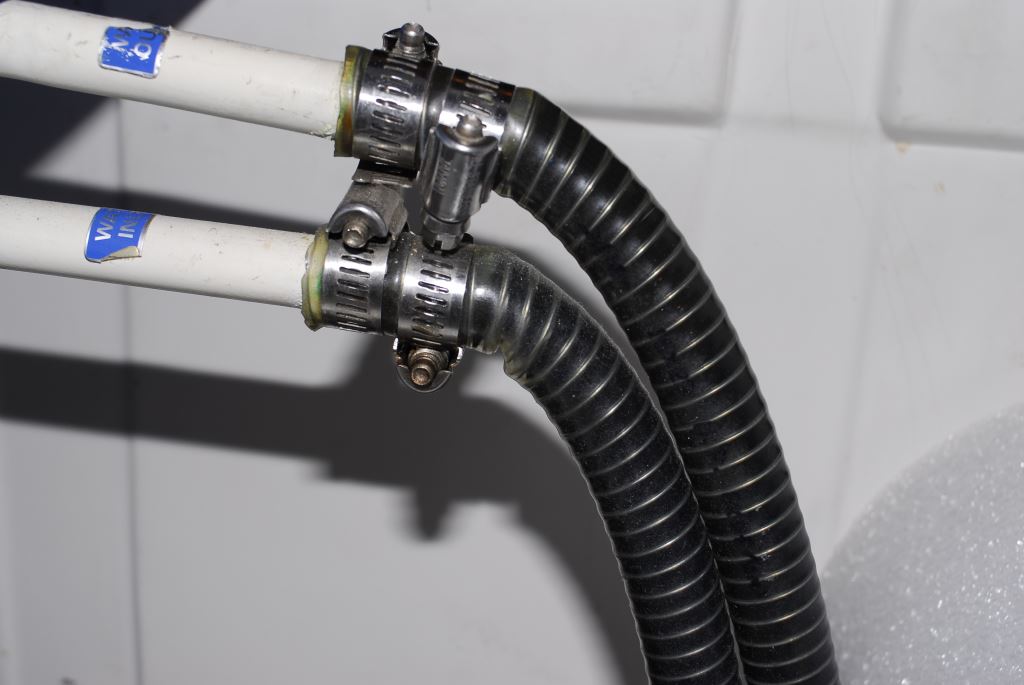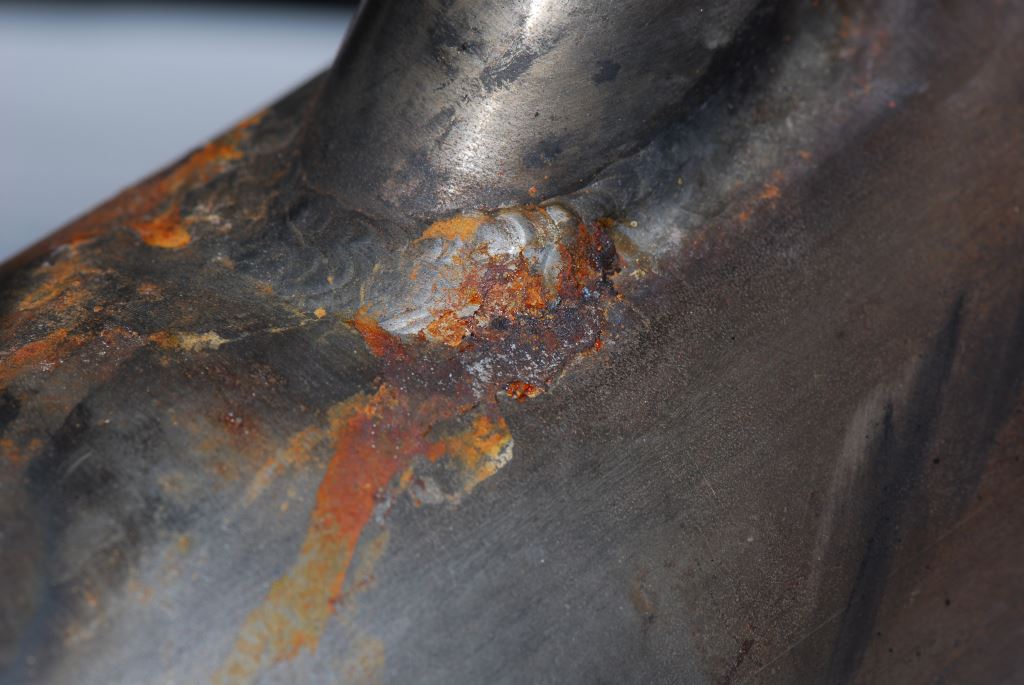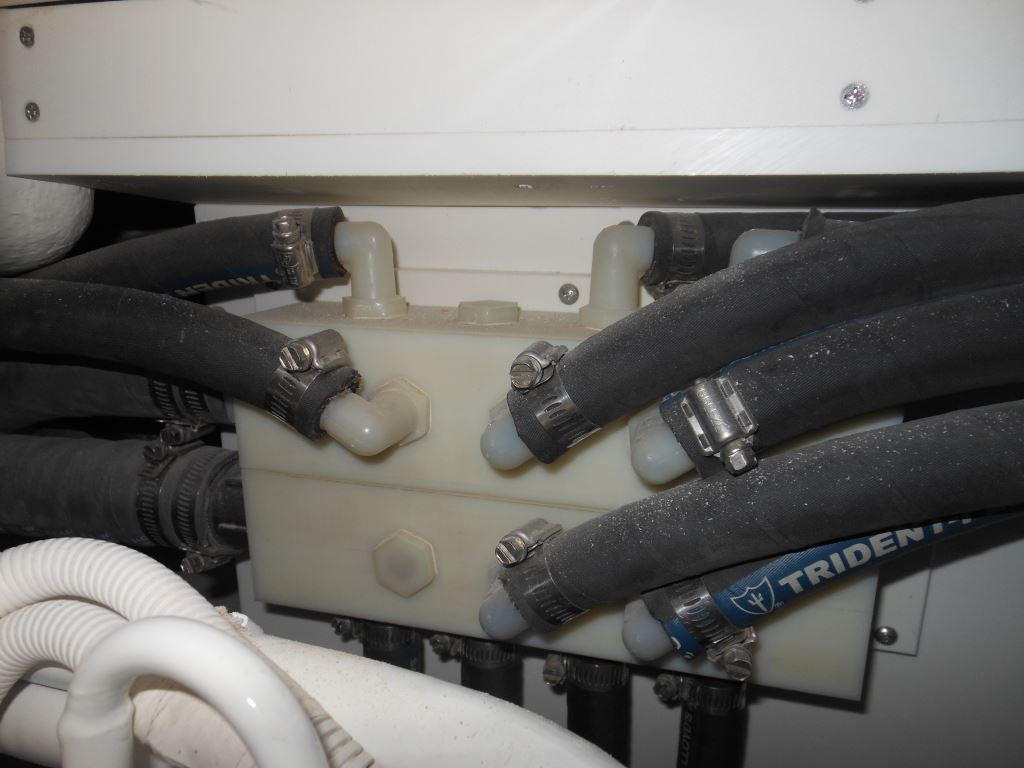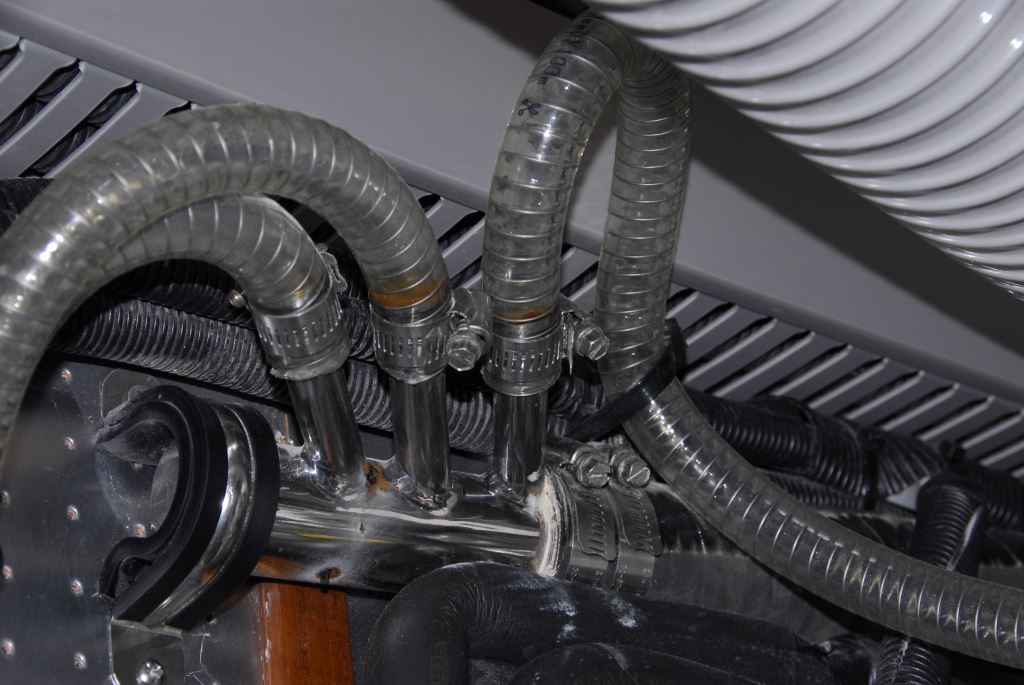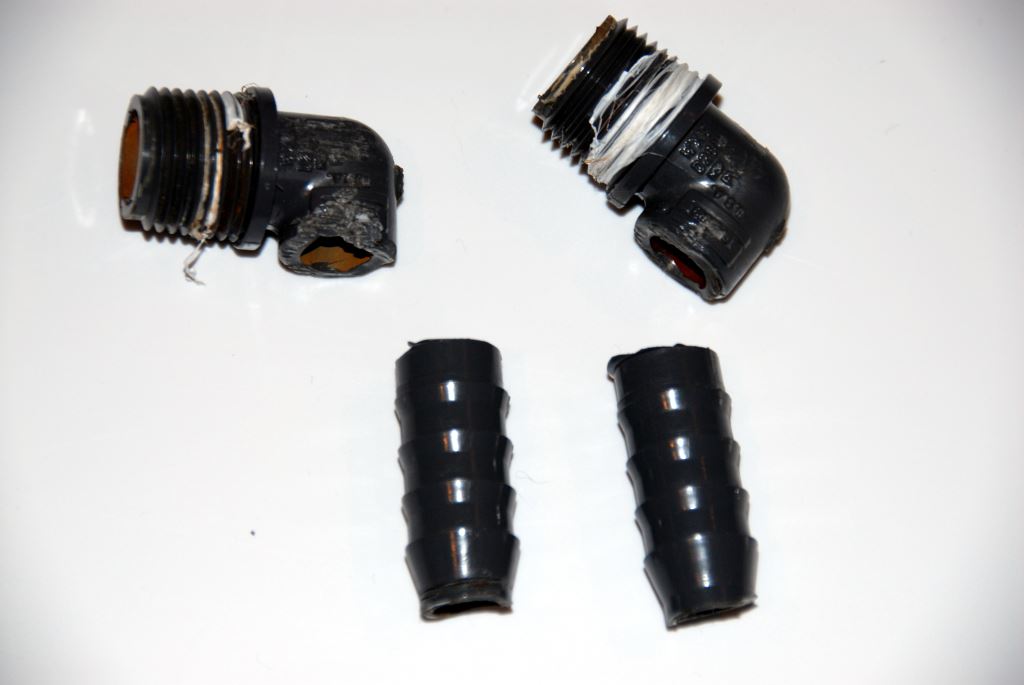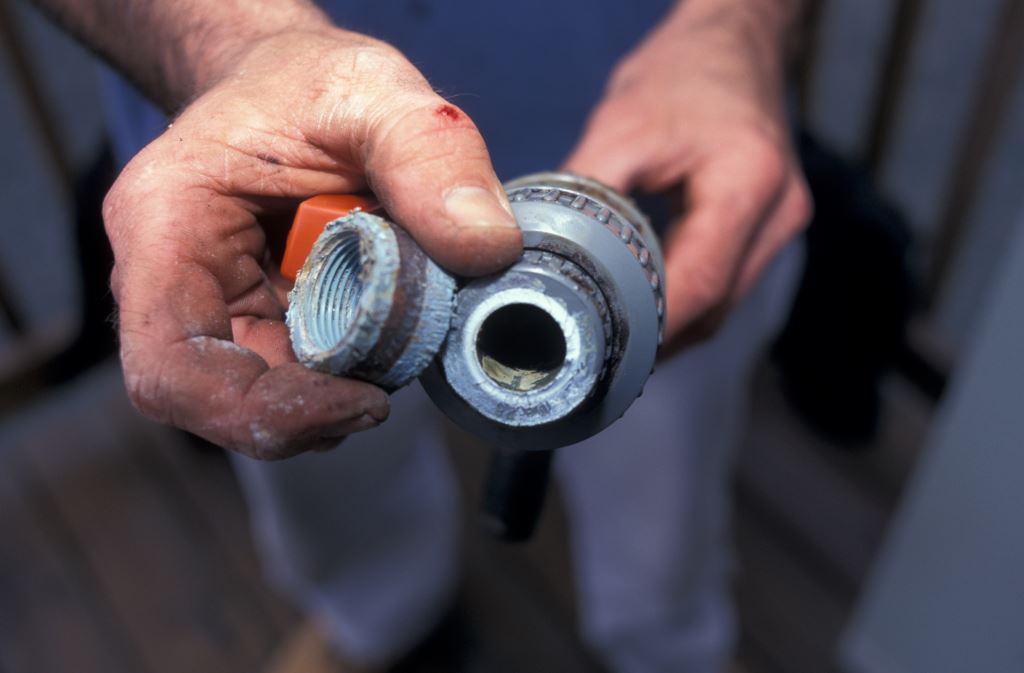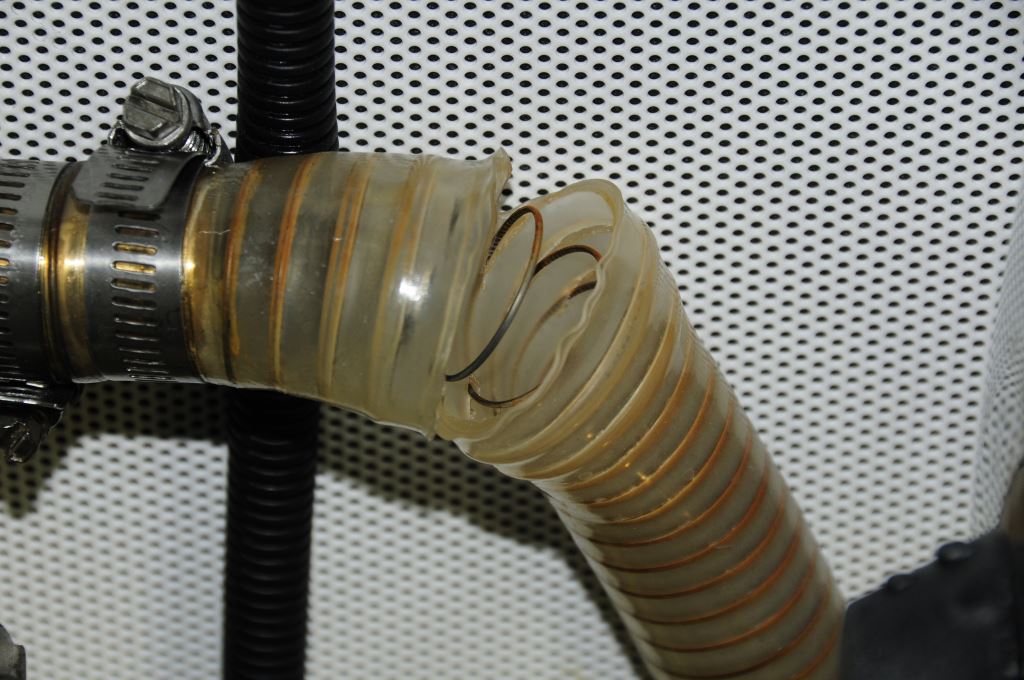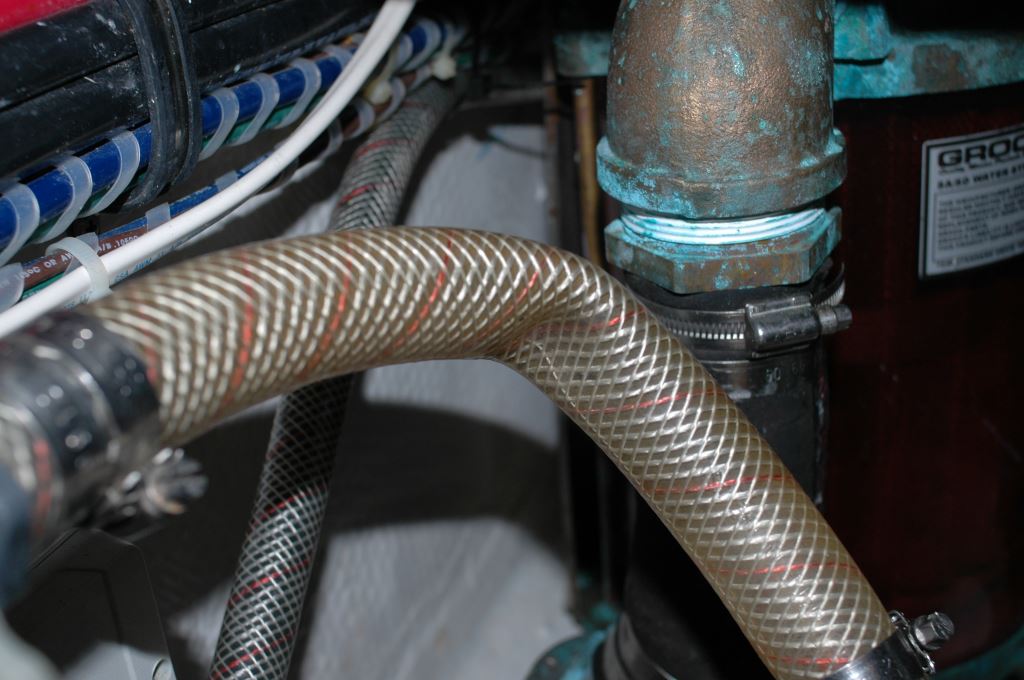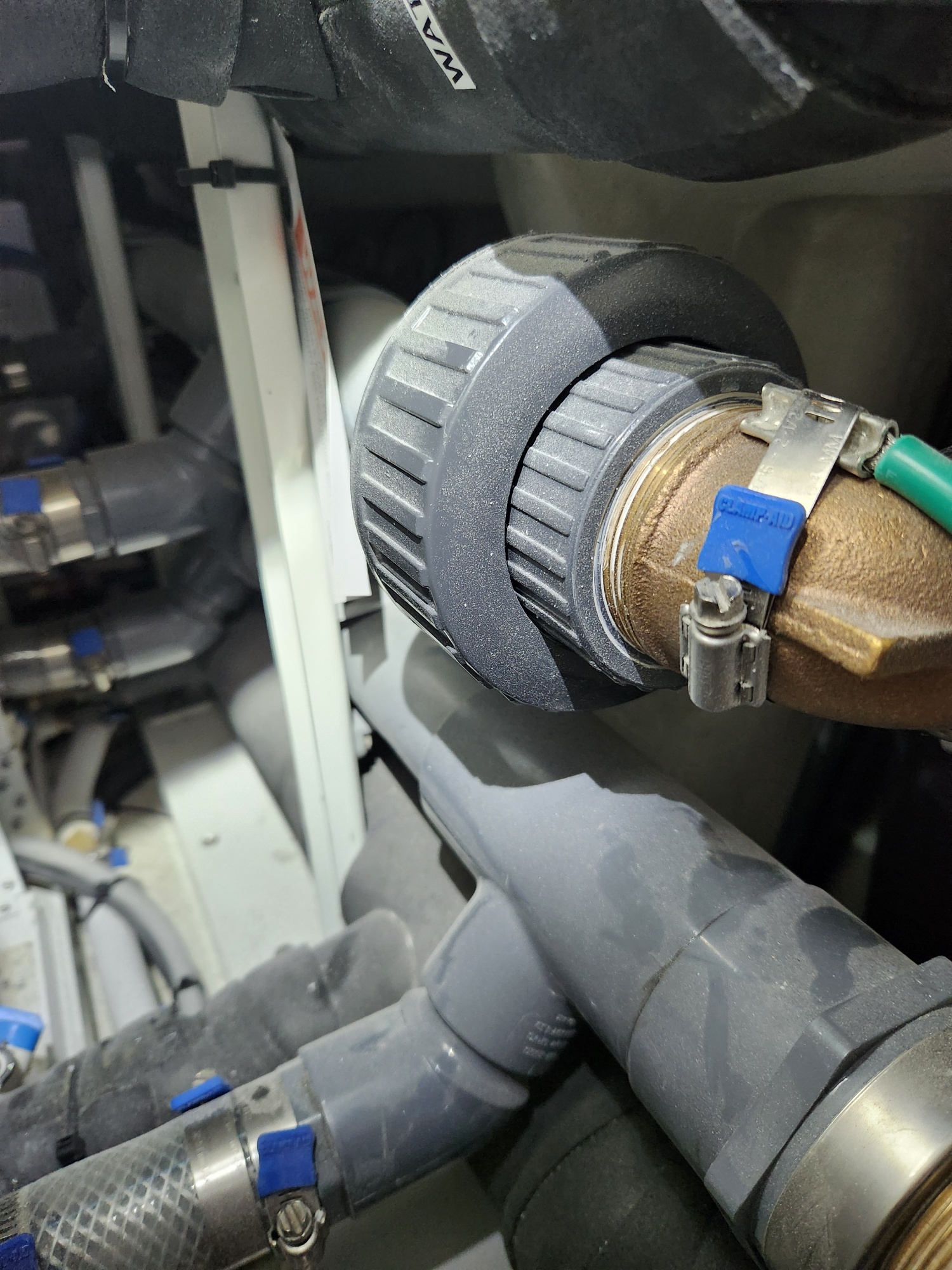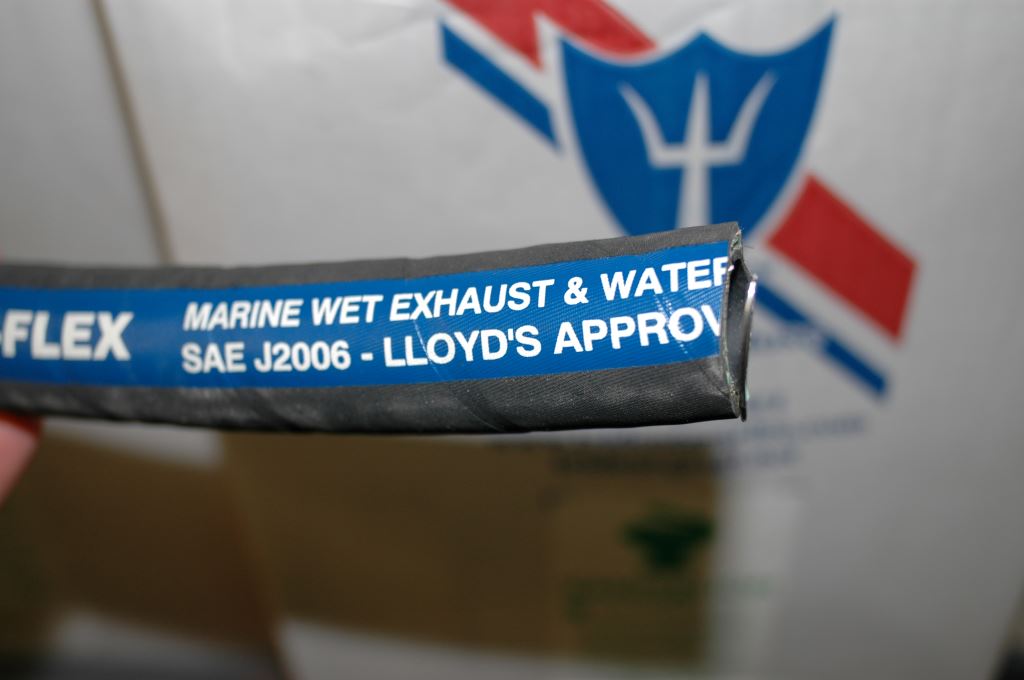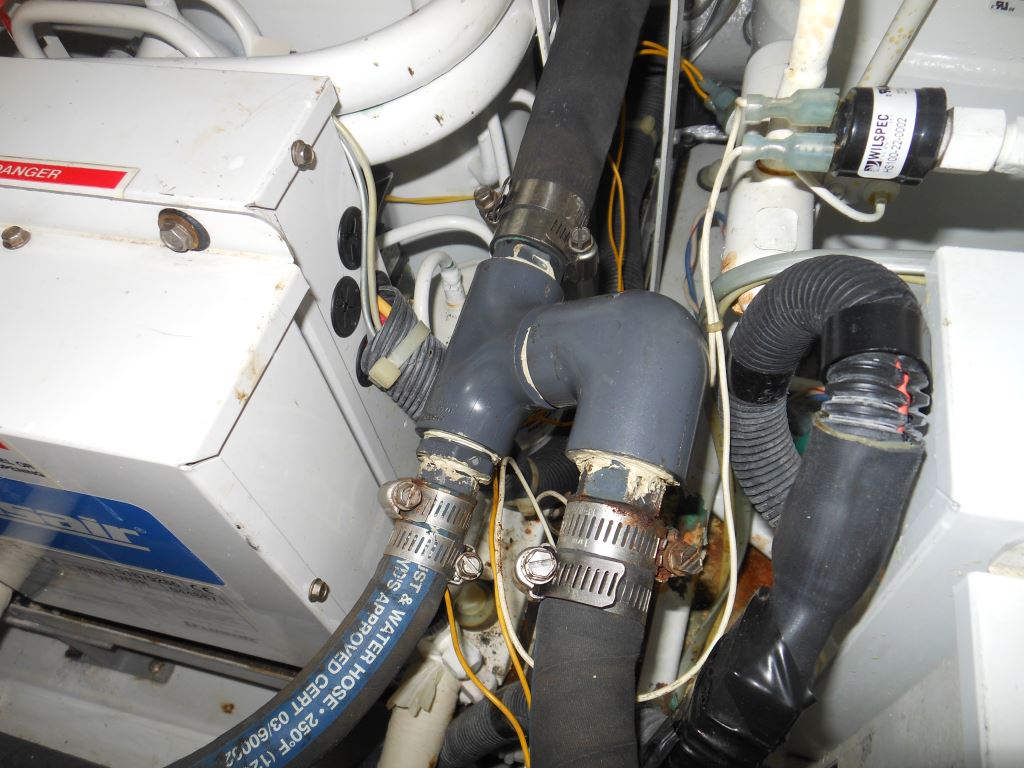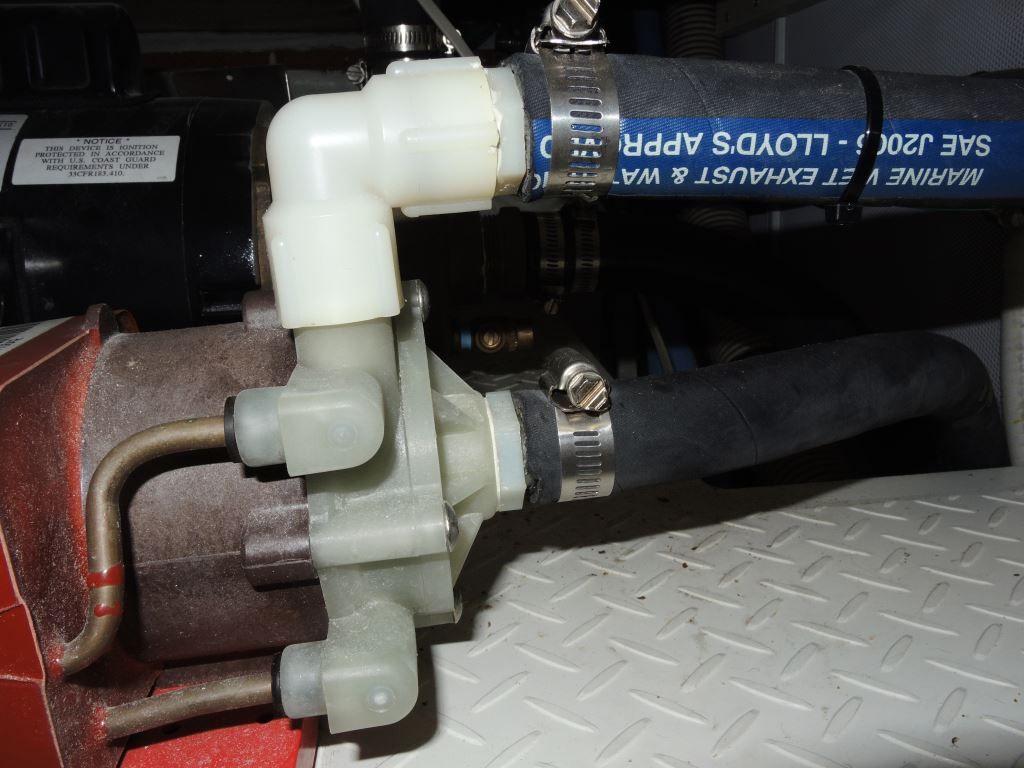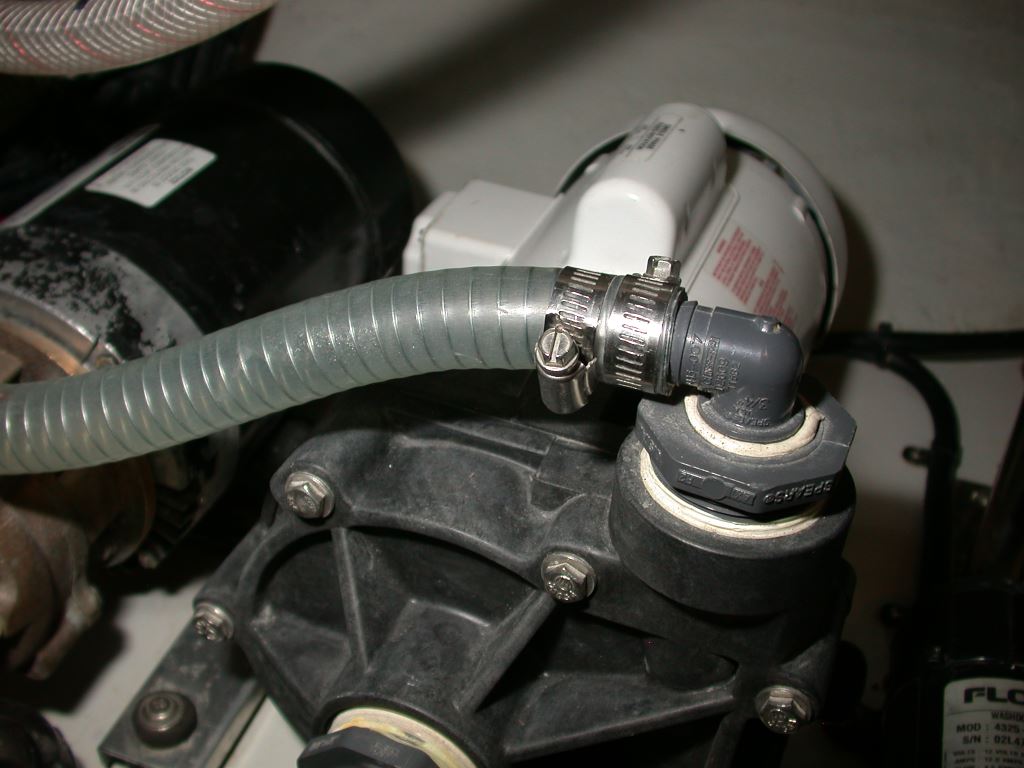From the Masthead
Shortwave Radios and Letter from Taiwan
When I was in my pre-teens, I developed an interest in shortwave radio, which was a natural for a budding gearhead. With a keen interest in foreign lands and cultures, this was a way for a young person, pre-internet, to satiate such curiosity.
My first short wave radio, a Halicrafters vacuum tube set, was given to me by a neighbor; from there the sky was the limit, literally. Once I was hooked on this hobby, I moved up to more modern and capable radios. I worked an entire summer with a landscaper, hauling countless wheel barrows full of dirt, to buy my first new set, a solid state Yaesu Musen FRG-7, in the late 70s. (I see them on eBay for more than I paid for mine new, they actually appreciated in value!) It had an analogue display, and its ability to pull in very weak, far-distant signals, from around the world was light years ahead of the Halicrafters. I purchased it from an outfit called BC Communications, which was not far from where I lived, my mother had to drive me there. I then moved on to an FRG 7700, which I purchased form a retailer called Gilfer Communication, I thumbed their catalogs for hours, which was more capable and sophisticated, and it had a digital display, which back then seemed very futuristic (I still own both of these radios, they serve as decoration in my shop).
MY Yaesu FRG-7, I sat in front of this radio for countless hours, often late into the night, listening to broadcasts from distant lands, many of which I would someday visit.
As the radios became more capable, so too did my antennas. Shortwave radios work best with what’s called a dipole antenna, essentially a long wire that is tapped for signal reception in the center, an approach that minimizes static. I recall being berated by my father for my ever-increasingly sophisticated antennas, which I was stringing between trees in our yard, complete with pulleys and weights to absorb their movement, and then connecting to my basement shack with heavy coaxial cable, which required drilling a hole in the side of the house; I used the, ‘it’s easier to ask for forgiveness than permission’ approach for that procedure. I learned how to make these from books like “73 dipole and Long-wire Antennas”, and “Wire Antennas for the Beginner” from the American Radio Relay League, which I also ordered from catalogs.
When I went to college, I brought with me a portable shortwave radio, a Panasonic RF2900, which I’d purchased with earnings from my job as an electrician’s helper; as a freshman I was formally reprimanded – I had the letter until a move a few years ago) – by my dorm resident assistant because I had a 70-foot long wire antenna (not as good as a dipole, but I had to make do with what I could rig up), hanging from my dorm window, my room was on the 22nd floor of a residence high rise, which I once used to pull in a very weak, called “DX”, or long-distance in radio parlance, signal from the Solomon Islands Broadcasting Service, so it was worth the censure.
One of the scores of stations I listened to was Radio Taiwan International (called the ‘Broadcasting Corporation of China’ until 1998). Before the internet, and cable TV, when there were only 8 channels, places like this seemed both exotic and physically far away, so to be able to listen to them late into night in my radio shack was, again to a budding gearhead and would be world traveler, very exciting indeed. Little did I know, many years later, I would end up visiting many of the countries, whose radio stations I strained to hear through my bulky headphones. I’m penning this column from a hotel room in Taiwan.
Letter from Taiwan
One of the programs I used to listen to was from the British Broadcasting Corporation’s World Service, it was called “Letter from America”, presented by Alister Cook, an expat Britt well known to many Americans as the host of Masterpiece Theater. Cook moved to, and become a citizen of, the United States in 1941. It was supposed to have a limited run, however, he went on to deliver “Letter from America” for 58 years. At times, when I travel through Taiwan, I feel as if I’m gathering material for my own “Letter from Taiwan”.
Taiwan has a land mass of about 14,000 square miles, much of which is mountainous and only sparsely populated, with a population of 23 million, most of whom live in the densely-populated western coastal plain. By contrast, Florida also has about 23 million inhabitants, and a land mass of 54,000 square miles, almost four times that of Taiwan. Again, most Taiwanese people live along the western coastline, making it a very crowded megalopolis of sorts. The west coast is gritty, often dirty, smoggy, and as previously noted, crowded, while the mountainous interior and east coast, locations few visitors here ever see, are simply enchanting, with clear air, stunning views, cool breezes, mountains that soar to over 12,000 feet, birds galore, and few people. In the 12 years I’ve been coming here, I’ve been fortunate to travel around and see much of this island. On a recent trip to a Mount Hehuan’s 11,000-foot peak, I planned a sunrise photo shoot; when I arrived at my photo location, in the dark, it was 39 degrees Fahrenheit, it’s the coldest I’ve ever been in this otherwise tropical land. Taiwan is roughly at the same latitude of Cuba and shares a similar sultry climate.
The author on a chilly sunrise photo shoot in Taiwan’s mountains.
I have been to Taiwan on dozens of occasions; every trip here is an adventure, and learning experience. The Taiwanese people are among the most generous, honest, patient, industrious and accommodating I have ever encountered, and the society is far and away the most harmonious I have ever visited. In all the years I have been coming here, I’ve never even heard a raised voice, much less an altercation; for such a crowded place, they get along very well with each other.
Translations can at times be humorous.
There is very little crime here, and nothing violent (it would make a great destination for your kids looking to travel after finishing high school). It’s impossible to accidentally stray into a bad neighborhood here, because there are none. If you hold your hand out with currency for a taxi driver, they will take the correct amount, and often refuse tips. It’s not unusual for a taxi driver to shake your hand vigorously when dropping you off at the airport, saying, “bye-bye, have a nice trip”, and most speak no English otherwise.
While it is generally very safe, there are things here than can injure or kill you (this is in a city park).
When I go hiking in the mountains, I often return with more food than when I departed, as the Taiwanese I encounter on the trail insist on giving me their own snacks. On more than one occasion I’ve had street food vendors insist I take something they are selling, and then refuse payment. On one occasion, I went to a tea shop, and after chatting with the owner for a few minutes he disappeared into a back room and came out with a set of prints based on Taiwanese life at the turn of the century, which he insisted I have, and again he refused to accept any payment.
Salt has been harvested in these tiled salt pans, located on Taiwan’s southwest coast, for over 200 years.
In any of Taiwan’s urban areas, you are literally never more than five minutes from a 7-11. These are, however, much different than the ones familiar to Americans, here you can buy everything from tea eggs (hard boiled eggs cooked in tea, which makes them turn dark brown) to single malt Scotch, you can pay a utility bill or parking ticket, send or receive a fax, have digital photos printed, or eat a meal at a comfortable, immaculately clean seating area. It’s been a lifesaver for me on many occasions while on road trips; it’s a place where I know I can always get hiking provisions, or a cold drink, and a sandwich.
7-11 to the rescue, they are everywhere.
Food, lodging and many other expenses in Taiwan are cheap by western standards, it is possible to have a very good lunch for $6, and a sumptuous dinner for $15. A very nice western hotel room in a major city could be $200 a night, while a Taiwanese hotel could be half that much, and service at both will be exemplary. This Taiwan Photo Album represents one trip, and a small fraction of the thousands of photos I have taken here.
Food in Taiwan is delicious and inexpensive. There’s just one problem, once you’ve experienced it, no other Chinese food can compare.
I tell my Taiwanese friends and colleagues, ‘you need a public relations campaign to educate westerners about the many wonders of Taiwan, it’s an all too well-kept secret’.
Taiwanese boat builders are among the most capable, exacting and accomplished, with a wonderful can-do attitude, I’ve ever worked with anywhere in the world; that is, however, a story for another column.
This month’s Marine Systems Excellence e-Magazine feature covers the subject of HVAC raw water plumbing, I hope you find it both useful and interesting.
Air Conditioning Raw Water System Failure Avoidance
A highly leveraged installation, which is utilizing PVC “spring hose”, both of which are liabilities. The bronze manifold is acceptable, provided it is remotely mounted from the pump.
Most marine air-conditioning units, whether they are self-contained, split or chiller, rely on seawater for their operation. The pumps and plumbing associated with these systems can pose a significant flooding threat, one that is exacerbated by the sheer volume of hose, and sometimes pipe, that is required to plumb the average cruising vessel’s condensers. For these and other reasons detailed below, HVAC raw water systems benefit from close scrutiny.
Air-Conditioning 101
Marine air conditioning systems rely on raw or sea water (‘raw water’ is a term used within the marine industry to refer to whatever water the vessel is floating in at the time, be it fresh or sea; all seawater is raw water, however, not all raw water is sea water, if for instance the vessel is on a lake; however, the terms are often used interchangeably), to cool pressurized, hot refrigerant after it leaves the system’s compressor. Via a heat exchanger or condenser, the seawater absorbs heat from the refrigerant, heat that has been created as the gas is compressed within the unit’s compressor, and in the process the refrigerant is both cooled and condensed into a liquid. The cool, high pressure liquid then enters the evaporator, passing through a small orifice. As it does so the pressure drops, it turns back into a gas or evaporates, and in the process is able to absorb heat from the cabin (heat that it then later passes on to the seawater flowing through the condenser). The refrigerant then returns to the compressor as a cool, low pressure gas, where the cycle begins anew. The process works in very much the same way for refrigerators and freezers. The hot air that blows on your feet when you stand in front of many refrigerators is heat that is being removed from the condenser, in that case via air rather than water.
An HVAC raw water discharge manifold, one that is rife with flaws, and the potential for failure.
For household air conditioners the same process occurs with one exception, instead of seawater, air is used to absorb heat from the refrigerant as it passes through a finned radiator-like condenser. It only makes sense, therefore, that aboard a boat the most readily available cooling medium, seawater, be used to carry out this process. The benefit to this approach is efficiency, seawater absorbs and carries away with it heat from the air-conditioning condensers, using a heat exchanger that is a fraction of the size of an equivalent air-cooled model, and no excess hot air is produced aboard the vessel.
In this case, pneumatic hose has been used to connect a condenser to a raw water manifold. Only heavy duty, purpose made raw water hose, preferably SAE J2006, should be used in this application.
Risk of Active Flooding
The quid pro quo for using seawater for onboard air-conditioning and refrigeration systems is the risk of failure and subsequent flooding. Raw water must be brought aboard though seacocks, strainers and hoses as it travels to a pump. After it leaves the pump it goes on to the metallic air-conditioning condenser (and sometimes through an air conditioning manufacturer provided PVC manifold), then through more hoses and to an overboard, typically above the waterline, discharge fitting.
For the same reason pipe fittings should not be directly attached to seacocks, the same is true for raw water HVAC pumps. The leverage imparted by such attachments is a liability to be sure.
For larger systems raw water manifolds are often involved, enabling a single pump to supply multiple air-conditioning units, as well as collecting water from multiple units for a single point of discharge.
Unlike most other raw water plumbing systems aboard, where water within hoses and pipes is “pressurized” as a function of how far below the waterline it is located, what’s known as head pressure, much of the plumbing associated with air-conditioning systems is under pressure. That is, once it leaves the air-conditioning raw water pump, it’s under pressure and as a result a leak is no longer a function of head pressure, it’s being pumped into the boat, what I refer to as active rather than passive flooding. Failures of air-conditioning raw water plumbing have led to flooding and sinking, while vessels were dockside. Their integrity, therefore, is of paramount importance.
Plumb for Robustness and Reliability
Plumbing used in air-conditioning raw water systems must be designed and installed to ensure the greatest durability and reliability. Both material selection and the manner in which systems are installed must be carefully thought out.
A robust HVAC raw water intake arrangement, using a bronze seacock and strainer, and SAE J2006 EPDM hose.
Among the most common faults involves the use of metallic plumbing that is unsuited for raw water applications, including brass and stainless steel. A few years ago, a client contacted me and asked about installing a bilge drying system to remove incidental water accumulation. I asked, “Where is the water coming from?” “I’m not sure” he answered, “but don’t all boats have water in the bilge? In fact, while some bilge water accumulation can be considered normal, from a stuffing box or minor deck leak for instance, for the most part bilges should remain dry. In this case I encouraged him to hire a professional mechanic, who was tasked with finding the source of the water, which turned out to be a seriously corroded brass, thought to be bronze by the yard that installed it only ten months earlier, pipe nipple that conveyed air conditioning raw water overboard. Whenever the air-conditioning system ran, which at the boat’s Florida location was nearly continuously, water shot sprinkler-like from the porous pipe nipple. Because it was behind a bulkhead, it went unnoticed, other than the water accumulation in the bilge.
This PVC “spring hose” is unsupported, and on the verge of failure.
Stainless steel, while highly corrosion resistant when afforded a ready supply of oxygen, can be a liability when used with raw water, particularly if seawater remains inside the pipe when the system shuts down.
Stainless steel, as durable as it otherwise is, because of its susceptibility to crevice corrosion, is not well suited for HVAC raw water plumbing.
In this scenario, the water is quickly deprived of oxygen, and as it evaporates the salt concentration rises, setting up an ideal environment for corrosion. Even the otherwise highly corrosion resistant 316 alloys are not immune to such failures, I’ve encountered stainless manifolds that began to leak after little more than a year in service.
This non-metallic raw water HVAC manifold fits the bill as far as corrosion resistance is concerned. These components are non-reinforced, however, which is less than ideal.
This relatively new stainless steel HVAC manifold has already begun to corrode and leak. The clear PVC “spring hose” is also inappropriate.
Yet another material that is ill-suited for air-conditioning raw water applications is PVC. While essentially corrosion proof, because of its unreinforced, potentially brittle, nature PVC is less than ideal for raw water scenarios.
Most PVC lacks the necessary modulus of elasticity and tensile strength to be relied upon for raw water applications.
What is commonly referred to as PVC “spring hose”; it should not be used for raw water applications of any sort.
I have accumulated a collection of fractured PVC components I’ve gathered over the years that serve as a reminder to avoid this material in raw water applications. Having said all that, in some cases it may be considered the lesser of two evils, as noted earlier, some air conditioning manufacturers use it for chiller raw water plumbing.
Clear PVC hose, even the reinforced variety, in addition to lacking abrasion resistance, is prone to kinking and crushing.
If it is used, preferably only as part of a system supplied by an air conditioning manufacturer, installer or boat builder (for which they must take responsibility for its performance and integrity), the CPVC and schedule 80 variety should be chosen for its greater ductility and crush resistance, and tensile strength.
Schedule 80, heavy-wall PVC pipe, is often used by marine HVAC manufacturers for raw water manifolds, note the bracket support.
Above all else, plumbing must also be well supported, and while this holds true for all raw water plumbing, it’s especially true of CPVC, it should not support the weight of stiff hoses, or a large manifold, particularly large, thick-walled black EPDM SAE J2006 hose, which is otherwise considered the gold standard for raw water, as they are both heavy and inflexible.
SAE J2006 Marine Wet Exhaust hose is extremely durable, abrasion, crush and kink resistant; it is well-suited for HVAC raw water plumbing in applications, where plumbing strain and loading are not a concern.
Ideally, if used, a CPVC manifold should be fully supported on a backing plate or board, and use SAE J2006-rated silicone, rather than black “rubber” EPDM, hose for all direct connections to the manifold itself.
These PVC components have been assembled using what appears to be polyurethane sealant, adding insult to injury.
Silicone hose is lighter and more flexible than its EPDM brethren, and thus places far less strain on rigid plumbing. The same is true, incidentally, for exhaust hoses that interconnect risers and mufflers, silicone hose places less strain on these parts and it is better at isolating vibration.
Not only has this HVAC raw water pump been plumbed using PVC, the long, rigidly-attached section is adding leverage to this assembly, making a fracture more likely.
There is a contingent of materials that are well suited for air-conditioning raw water systems. These include bronze (with a zinc content of less than 15%), fiberglass, glass reinforced nylon and SAE J2006 rated marine wet exhaust hose. Provided they possess the necessary tensile strength and modulus of elasticity, non-metallic components are very desirable in that the otherwise ever-present threat of both corrosion and velocity-induced erosion is eliminated. Unless it is specifically rated for pressurized raw water applications, under no circumstances should clear PVC hose, even if reinforced, be used.
Non-reinforced Nylon fittings have been used with this pump. Nylon plumbing is durable and unlike PVC it is flexible, it tends to bend and deform rather than crack, when stressed. While it’s better than PVC, reinforced Nylon would be better still.
I find failures in air conditioning raw water plumbing, especially corrosion, and leaks on an all too regular basis. My theory as to why failures seem to occur with such regularity is based on frequency of use.
Clear PVC “spring hose”, and a PVC pipe 90 degree fitting, while readily available off the shelf, these components lack the necessary robustness and durability to be trusted to convey seawater.
Compared to other raw water systems like engines, generators, heads and water makers, air conditioning systems run a lot more, especially in warmer climates with longer summers. The sheer number of hours they operate, and tens of thousands of gallons of seawater pumped by these systems, means their design and materials are often tested like no other aboard.

